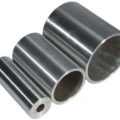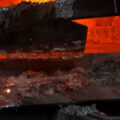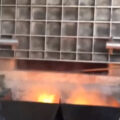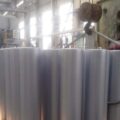The Bayer process for aluminum extraction is a chemical process widely used in the industry to produce alumina from bauxite. Bauxite is a sedimentary rock containing high aluminum content. Bauxite is often covered by several meters of rock and clay, which must first be removed before the bauxite can be recovered.
Bayer process is invented by Austrian engineer Karl Joseph Bayer in 1887. The basic principle is to convert aluminum hydroxide into sodium aluminate with concentrated sodium hydroxide solution, and re-precipitate aluminum hydroxide by diluting and adding aluminum hydroxide seed crystals. The remaining sodium hydroxide solution was reused to process the next batch of bauxite, realizing continuous production. Today, the Bayer process to produce alumina is used by 95% of aluminum companies in the world.
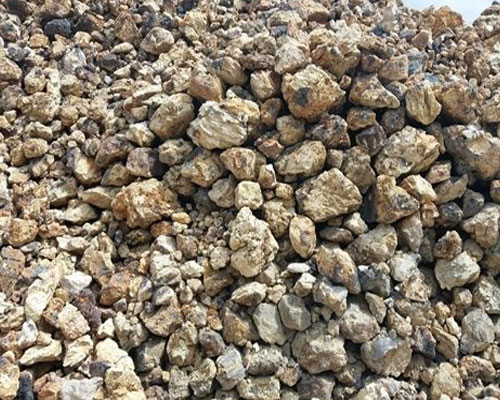
Bayer Process for Aluminum Extraction
The Bayer method is used to treat low-silica bauxite. The process is simple, the operation is convenient, and the product quality is high. Over 90% of the aluminum oxide and aluminum hydroxide produced in the world are produced by the Bayer method.
The Bayer method includes two main processes: At normal temperature, the molar ratio of sodium oxide to alumina in the sodium aluminate solution is 1.8. As long as add aluminum hydroxide as a seed crystal and stir, the aluminum oxide in the solution can be gradually precipitated as aluminum hydroxide. Until the molar ratio of sodium oxide to aluminum oxide increased to 6, most of the aluminum hydroxide solution had precipitated. When heated, it can also dissolve the alumina water in the bauxite. Dissolved alumina attaches to these seed crystals. All the impurities settle out of the solution into a residue called red mud. By alternately using these two processes, bauxite can be processed batch by batch, from which pure aluminum hydroxide products can be obtained.
Principle of Bayer Process
Sodium aluminate solution is prepared by dissolving alumina in bauxite with caustic solution. Under the conditions of cooling the solution, adding seed crystals, and stirring. During this time, the aluminum dissolves into the caustic soda solution. The final product from the Bayer process is alumina or aluminum oxide, which has the appearance of a white powder.

